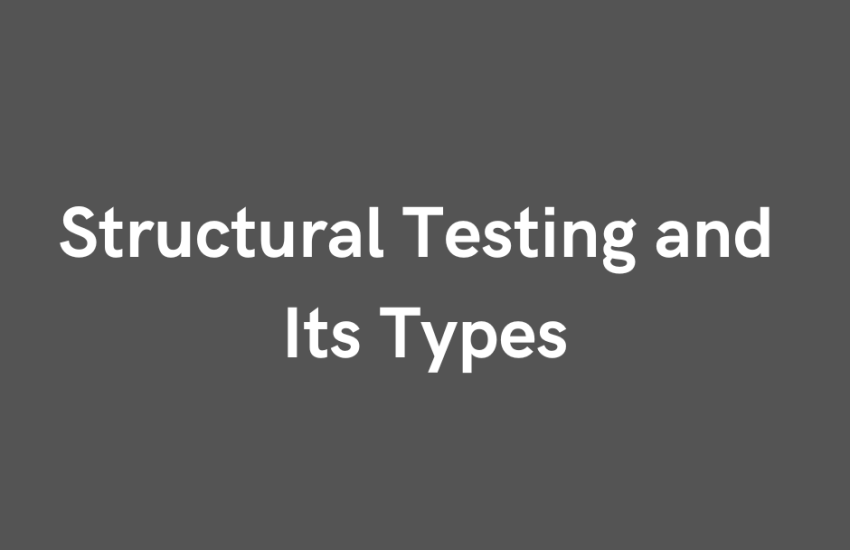Structural testing is a crucial phase in the software testing process that focuses on examining the internal structure of a software application or system. Also known as “white-box testing,” this method delves into the code, architecture, and design of the software to ensure its integrity, reliability, and functionality. The primary goal of structural testing is to uncover errors or flaws within the codebase by evaluating the logical paths and execution paths of the software. Through techniques like statement coverage, branch coverage, and path coverage, structural testing aims to assess code coverage and identify potential vulnerabilities in the source code. By scrutinizing the underlying structure of the software, structural testing helps ensure that the application not only meets its functional requirements but also adheres to coding standards and best practices, ultimately contributing to the overall quality and robustness of the software product.
Types of Structural Testing
Structural testing involves a range of types, each addressing specific facets of a software application’s internal structure and code. Examples of such testing types are:
- Unit Testing: This entails evaluating individual components or code units in isolation to confirm their intended functionality.
- Integration Testing: It concentrates on validating the interactions between various units or modules to guarantee smooth collaboration.
- System Testing: This type evaluates the overall system, scrutinizing its behavior and performance in a comprehensive environment to verify compliance with specified requirements.
- Component Testing: Similar to unit testing, this type evaluates the functionality of individual software components.
- Path Testing: It involves testing all possible paths through the code to identify potential logical errors and ensure comprehensive code coverage.
- Branch Testing: This type ensures that all decision points or branches within the code are executed and evaluated.
- Statement Testing: It verifies that each line of code is executed at least once during testing, ensuring comprehensive statement coverage.
- Mutation Testing: This involves introducing small changes (mutations) to the code to assess the effectiveness of the test suite in detecting these alterations, helping identify areas of weakness in testing.
- Condition Testing: It evaluates the different conditions within the code, ensuring that both true and false outcomes are tested.
- Loop Testing: This type focuses on testing the functionality of loops to uncover errors related to loop execution and termination.
By employing a combination of these structural testing types, software development teams can identify and rectify issues in the codebase, ultimately enhancing the reliability and quality of the software product.




